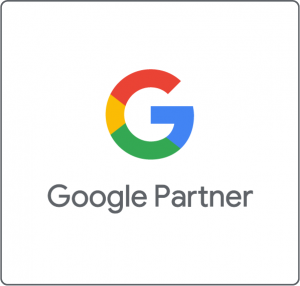We offer the most sophisticated weather triggered advertising solutions on the market, to help boost your in-store visits rain or shine.
According to the British Retail Consortium, weather wields a huge influence on consumer behavior, coming in second only to the state of the economy. One of the main benefits of weather-triggered advertising is that weather is a universally experienced phenomenon; nobody is exempt from the effects of weather, and it can affect what you wear, where you might go and what activities you plan to do.
With weather-based ads, advertisers can control where and when an ad is placed in front of a consumer depending on the forecast. For example, advertisers can choose to only show an ad when the sun is out or when it’s a cloudy day. Alternatively, they can only show an ad when it’s above a certain degree or when there are flurries and a snowstorm is approaching.
How it works
Weather ads target based on the current weather and the forecasted conditions. Combined with location data, weather triggers allow marketers to provide the most contextual, relevant and tailored message to customers and tap into consumers’ moods, desires and purchase intent at any given moment and location. This is weather based marketing at its highest level.
Weather-responsive advertising enables marketers to communicate a highly personalized message to prospects that will hit them right where they are with timely, relevant and hyper-local data. Here are some ideas to help you successfully incorporate weather-triggered advertising into your marketing strategy:
- Tailor your product or service offerings to current weather conditions. For example, a company that sells snowblowers or gas-powered generators might advertise in the immediately before or during a heavy snowstorm. A spa might offer a special discount package during inclement weather days. A clothing retailer can capitalize on warm, sunny days by offering shorts, flip-flops or bathing suits.
- Temperature and/or storms don’t have to be the only consideration; you can factor in other weather-related issues where they apply as well. For example, hair product manufacturer Pantene began focusing on addressing hair problems that are commonly caused by weather-related conditions such as dry heat or high humidity. The company partnered with The Weather Channel to serve display ads on Weather.com pages that featured forecasts and information pertaining to these specific conditions. Pantene’s ads featured special discounts and coupons, as well as directions to the closest stores where Pantene products could be purchased.
- Utilize historical weather data to inform your marketing strategy. Have you detected any trends in terms of how weather may have affected foot traffic, sales, etc., in the past?
Location-Triggered Advertising
Location-based data is a universal part of our online experience now; our smartphone photos are automatically geo-tagged, our apps are GPS-enabled and many of our online transactions are location-specific based on IP address.
Location-triggered advertising is especially useful for Internet-connected smartphone users, as it gives brands unique opportunities to offer personalized content as well as promotions that are customized to the user’s real-time experience. Here are some tips to help you take advantage of location-specific display ads that will deepen customer engagement and drive sales:
- Reward loyalty using location-based data. Many retailers offer users the opportunity to rack up redeemable points or unlock rewards for visiting a physical store. Other businesses offer timely percent-off coupons or special promotions via display ads that are triggered when users are within a certain proximity of a brick-and-mortar location.
- It is a very common thing nowadays for consumers to use a mobile device while they’re shopping. With the right location data, businesses can offer customers an enhanced in-store experience by providing them with on-the-spot ads featuring exclusive promotions, or detailed information and reviews for the products they’re seeking to purchase.
- Consider geofencing to provide customized ads to a niche-specific audience. For the uninitiated, geofencing is a location-based targeting technology that utilizes the GPS coordinates of a given location in order to create a “virtual perimeter” (a.k.a. fence) around that area. For example, if you sell sports team-related merchandise, you could initiate an advertising campaign that geofences certain stadiums, giving you instant access to an audience that will more than likely be interested in gear that reps their team.


Advertising technology such as weather and location-triggered display ads is still somewhat in its infancy, but even in these early stages the opportunities truly abound. Keep the above ideas in mind to provide your target audience with greater engagement and a more meaningful interaction with your brand.



